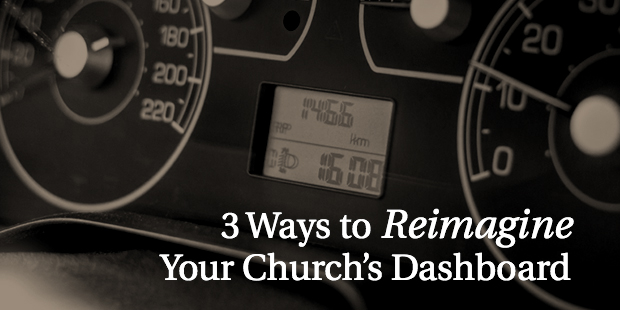
Ministry to the Few is as Important as Ministry to the Many
God is more concerned with your faithfulness than your fame. Ministry to the few is as important as ministry to the many. While these two phrases might get you plenty of likes and shares on social media, they actually represent two of my deepest ministry scars.
“Can we please just play pool and hang out today?” said Joel.
I had crafted an epic eight-week sermon series on discipleship. I literally believed the heavens would open up, revival would break out, and my student ministry was going to triple in size. My city was never going to be the same! These students would almost instantaneously become like Christ. This sermon series was going to go down in the records of history and be canonized into thick, leather-bound books on the shelves of every seminarian—right alongside the sermons of Charles Haddon Spurgeon and the Matthew Henry commentary.
So instead of following my normal pattern of dismissing whatever Joel said—because he was the lovable clown that didn’t know what the five-second-rule was—I actually agreed with him.
“Well, I was planning on starting our new sermon series today, but since—for some odd reason—you, Simon, Christina, and I are the only ones here today; sure, let’s do it. Let’s skip the sermon and just hang out!” And at that, I schooled everyone at a classic game of eight ball. (My dad owned a billiard hall while I was in high school, so I had a bit of experience when it came to pool.)
Typically, on a good Sunday, we had a few dozen students that showed up, so when Joel asked if we could hang out instead of learn, I thought to myself, Why waste this epic sermon on one student? I would then have to catch everyone up the next week, since this was part one of eight in this series. The logical thing to do was hold off on preaching this sermon until next Sunday. Also, this way, I could get one week ahead in sermon preparation. So not only did this benefit me, but it also made me look like the cool student pastor. It was clearly a win-win.
Until that afternoon.
Have you ever felt slightly off?
It’s like that moment, after entering the grocery store, when you suddenly feel like you forgot to lock your car doors. Or like that moment when you’re joking around with your friends and you take it too far.
Well, that’s how I felt when I returned home that afternoon. Something wasn’t right, and though I felt like I knew what it might be, I didn’t want to admit it. I didn’t want to walk back to the car and lock the doors. I didn’t want to apologize to my friends for taking it too far. So I just tried to ignore that feeling.
No matter what I did to try to suppress that feeling, it just didn’t go away.
So I took a deep breath and decided to pray and ask the Lord why I felt the way I did. In that moment, I sensed the Lord saying, “That sermon that you worked so hard to prepare for was actually for today, not next week! It wasn’t for the masses; it was for the few.”
What at first seemed like a wise and common sense decision, ended up being the wrong one. And it was all because of my motives. I wanted to start the sermon series off with a bang and create momentum. I didn’t want to have to play catch-up with the majority of the students in my ministry. I wanted the sermon to have as big of an impact as it could. So naturally, I didn’t want to waste the sermon on a couple of people!
After repenting to God for being more concerned about my fame than being faithful with the message that he had entrusted me with for that Sunday, I ended up calling Simon, one of our leaders, to apologize. While it definitely felt awkward to apologize for not preaching and instead schooling him at a game of eight ball, during that call, as I listened to what he was going through, it clicked. That sermon was actually for him.
And that’s when I discovered that ministry to the few is as important as ministry to the many.
From that day forward, I promised myself that I would try to be faithful regardless of the size or perceived impact that any ministry opportunity had. Whether there was one person or ten thousand, I committed to choosing faithfulness and always bringing my A-game.
Instead of seeing every opportunity as a blessing from the Lord for Kingdom impact, I was judging effectiveness by attendance. My metrics were totally off. That experience, as minor as it may seem, was actually foundationally influential in shifting my perspective on success and effectiveness in ministry.
Now when it comes to developing a plan for discipleship and growth in your church, the one is as important as the many. In fact, the only way to see your entire church grow spiritually and numerically is to start by discipling one person at a time.
But how do you know when someone is mature? When someone’s been discipled?
Are there metrics or things that you can do that can predictably influence the formation and maturity of an individual? Actions that balance the tension between faithfulness and fruitfulness? Our work and God’s?
In No Silver Bullets: Five Small Shifts that will Transform Your Ministry, I unpack a different metric for maturity—one that’s based on one of the largest research studies done to date on discipleship. Pick up a copy today to learn more.

Tags: Daniel Im, Faithfulness, Fame, ministry













